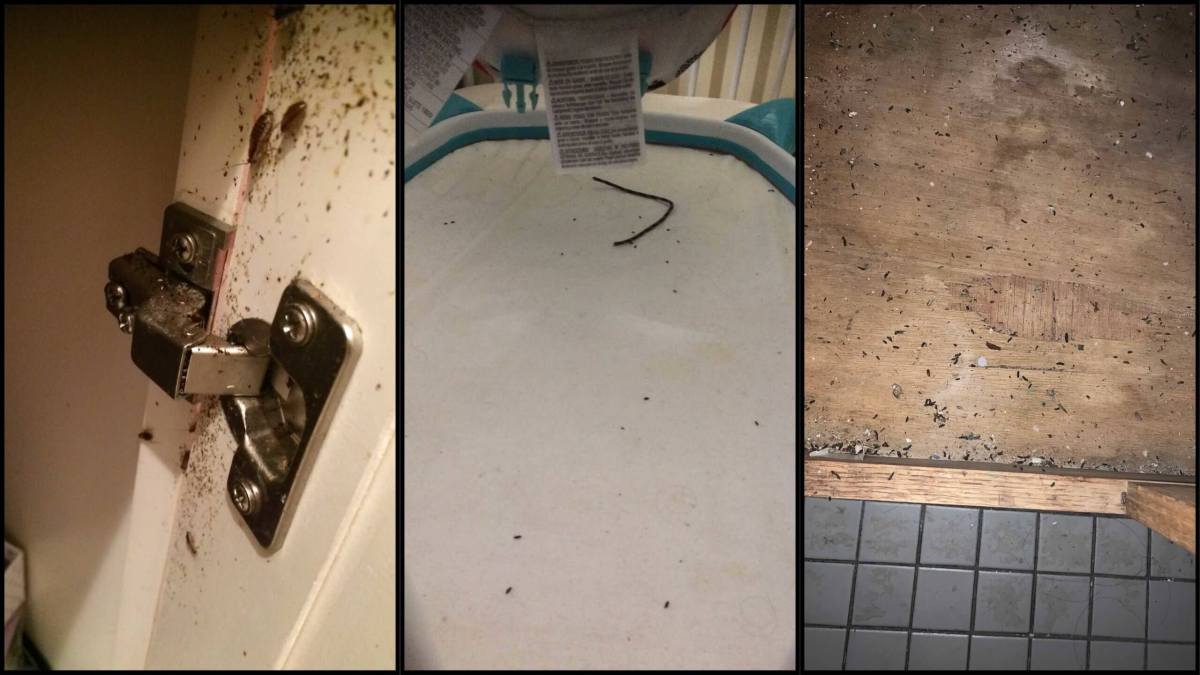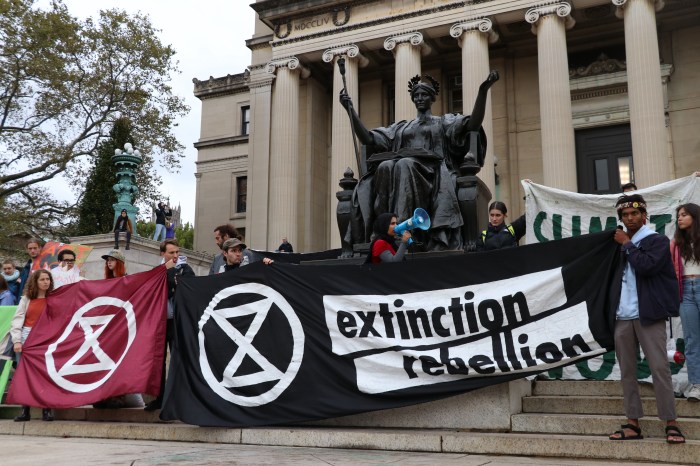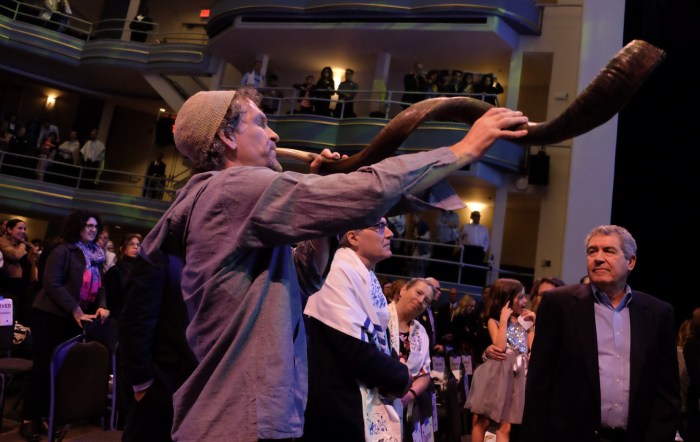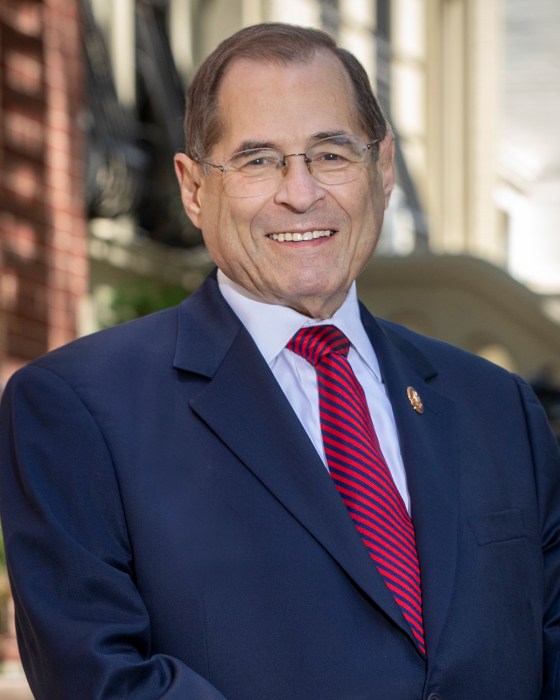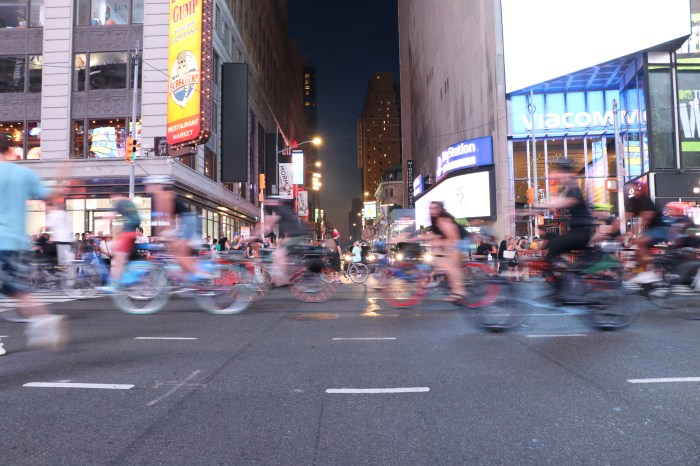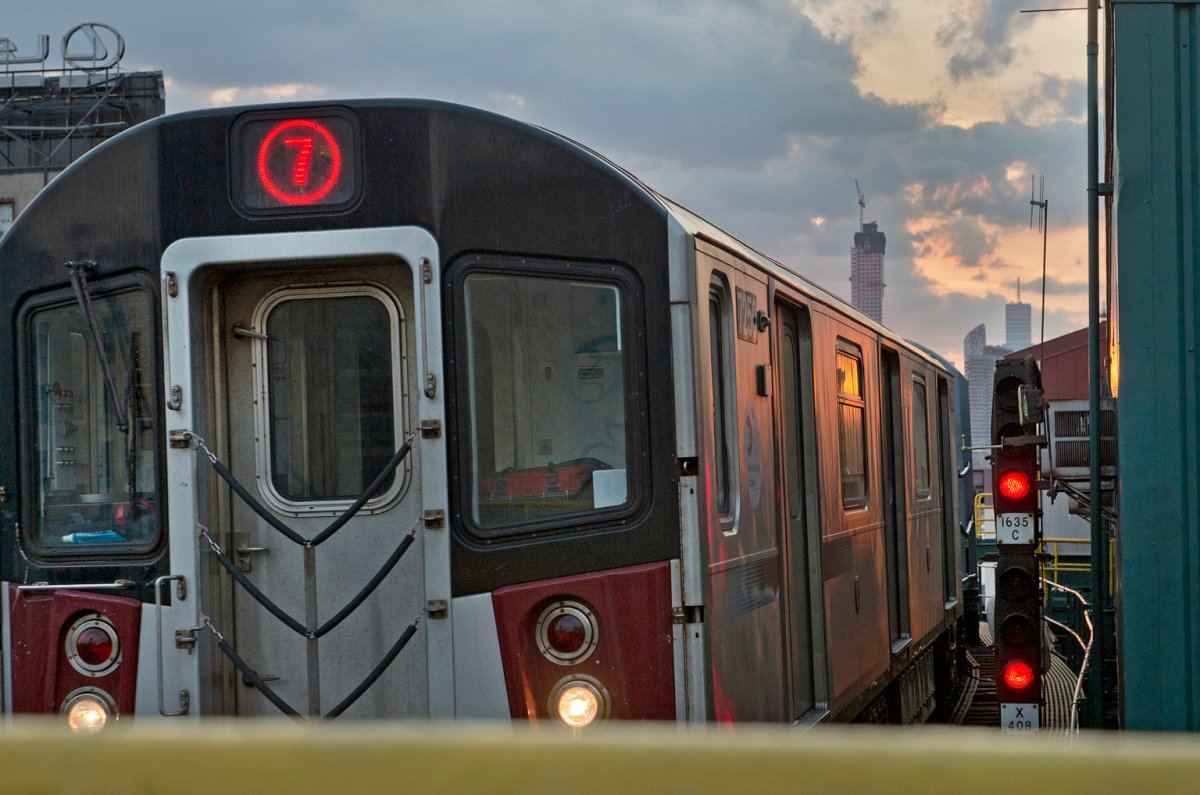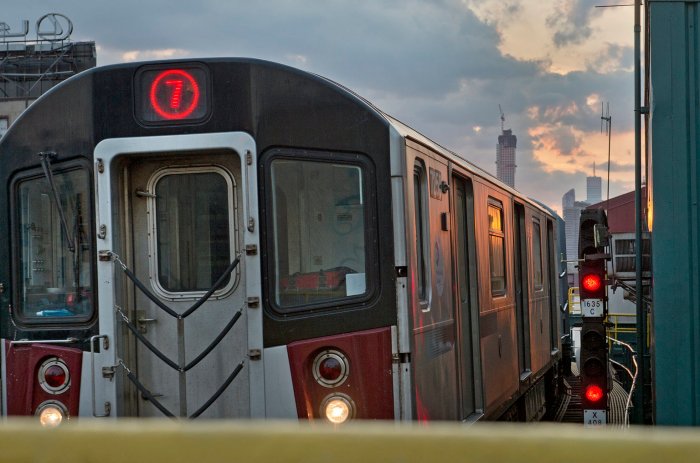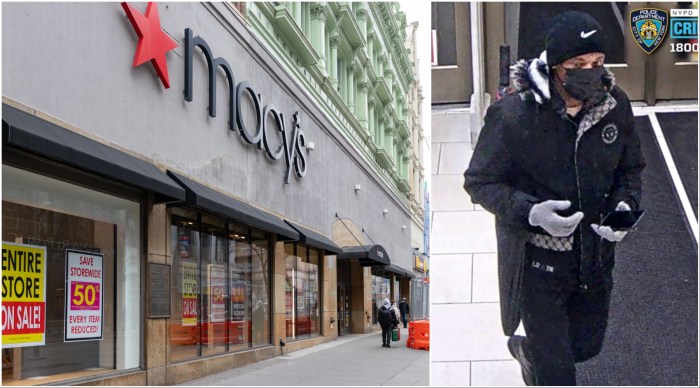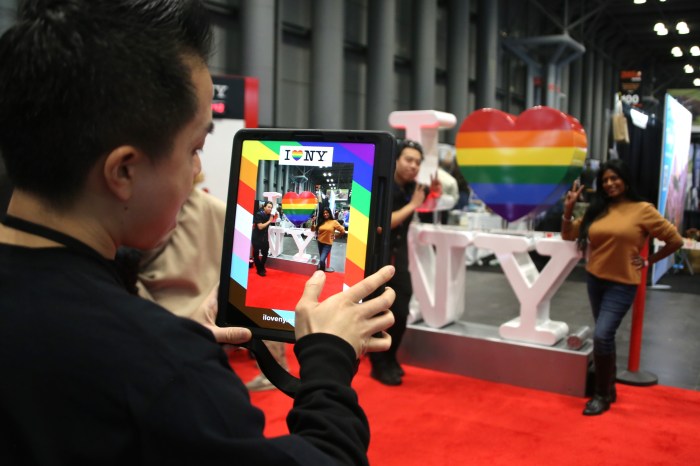The Tri-State Transportation Campaign is looking at ways transit agencies, especially the MTA, can direct efforts to plan for climate change.
An all electric bus fleet is one of those recommendations, an effort that has already been undertaken by the agency, as well as moving depots out of flood zones to protect the ability to charge vehicles in climate change events is expected to hit a critical level in 2050.
Tri-State also recommended more redundant bus routes with lanes over bridges and on thoroughfares where charging stations can release the need for fleet to return to depots to charge as over half are situated in flood zones.
“By speaking with transportation authorities that have begun incorporating electric buses into their fleets, we found that with strategic infrastructure siting, comprehensive emergency planning, and an eye to emerging technologies, the MTA and its peer transit agencies can have a resilient transition to electric buses,” Lauren Bailey, Director of Climate Policy and primary author of the report, said. “Collaborations with the utilities, the City of New York, and local communities must begin now to create an electric bus network that serves the needs of all of our residents.”
Among the recommendations in the report, which you can read online at tstc.org, are as follows:
-
Provide on-street bus priority for high-frequency, high-ridership routes with charging infrastructure.
-
Install permanent bus lanes on bridges, over the East River in particular, to provide redundancy with subway tunnels.
-
Put most of the electric bus charging infrastructure in flood-resilient bus depots and ensure all bus depots are flood-resilient long term.
-
Invest in smart charging technology to reduce peak demand, save money, and allow for renewable sources to integrate with the power grid.
-
Develop an on-route charging system that allows high-frequency, high-ridership routes to continue operating during emergencies and power outages.
In January, Cipriano and other MTA officials launched a pilot program on 125th Street utilizing zero-emission, 60-foot, articulated bus on the 20-mile M60 route between Harlem and LaGuardia Airport. The MTA had set a goal of replacing all 5,700 with emission free by 2040 at the time.
“We are firmly committed to an all-electric fleet in 2040 and to ensuring resiliency to support those buses. Where buses are housed in low-lying areas, such as at Michael J. Quill Depot, we are already utilizing best practices to place charging infrastructure on rooftops,” Craig Cipriano, MTA Bus Company president, said. “We are hopeful the incoming Biden administration’s focus on healthier sustainable transportation will provide additional funding that would assist the MTA in achieving this goal of a completely electric fleet.”
Just two months before COVID-19 would change everything for the MTA and their lofty goals of modernizing how New Yorkers get around the city, the agency had already put forth $1.1 billion from the 2020-2024 capital plan for 500 new electric buses. In late January, the procurement phase has not begun on the new rolling stock – XE60s made by New Flyer which came at a cost of $1.4 million compared to its more conventional $900,000 counterpart.



